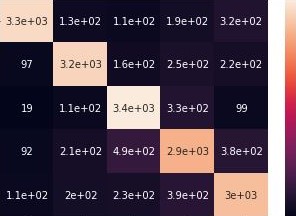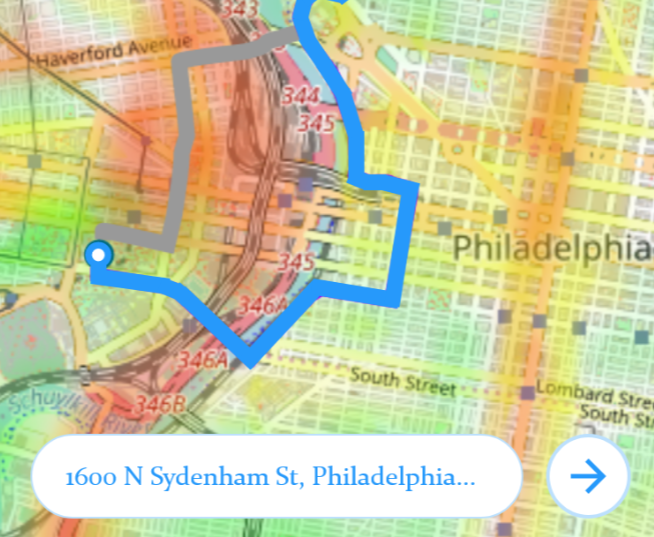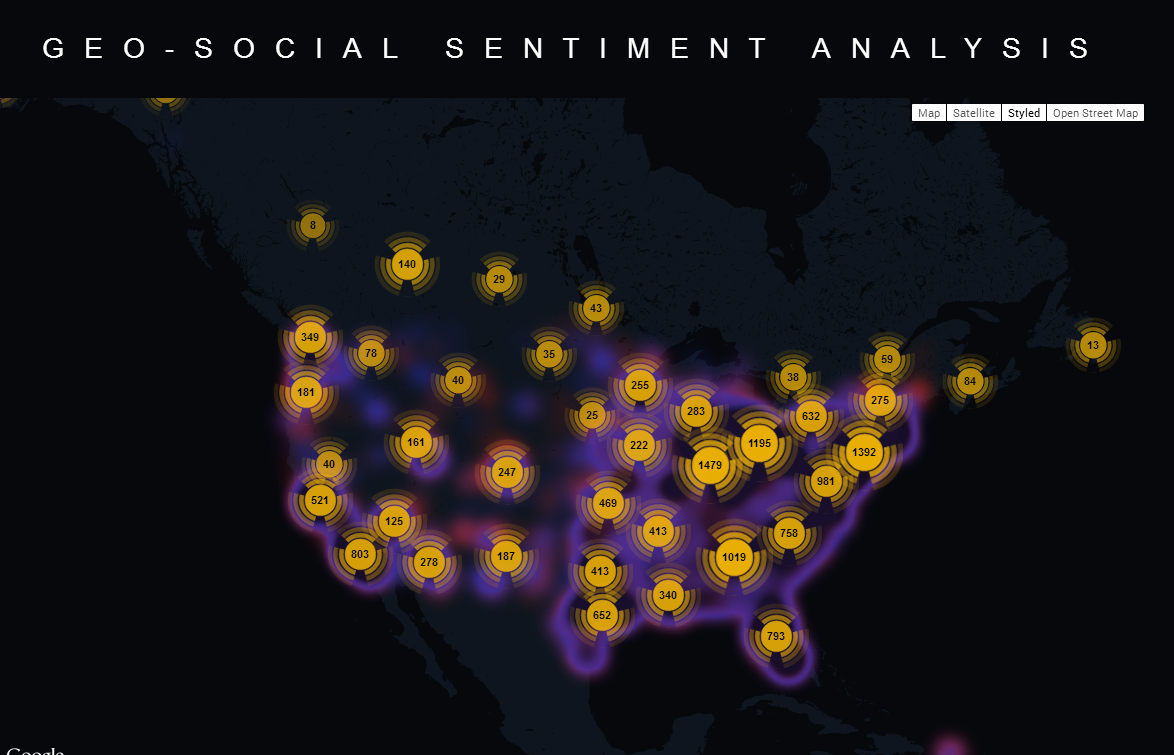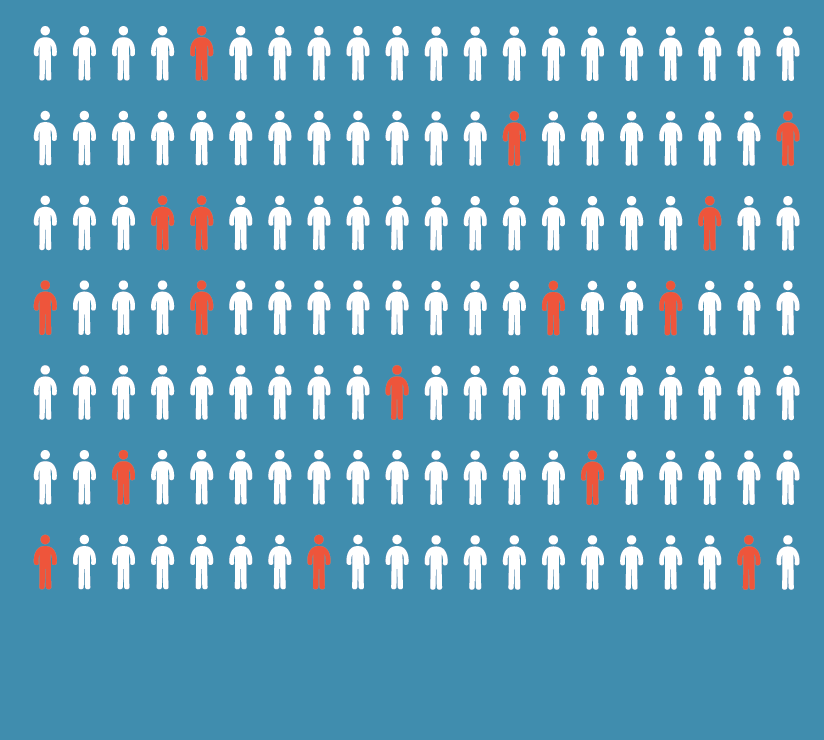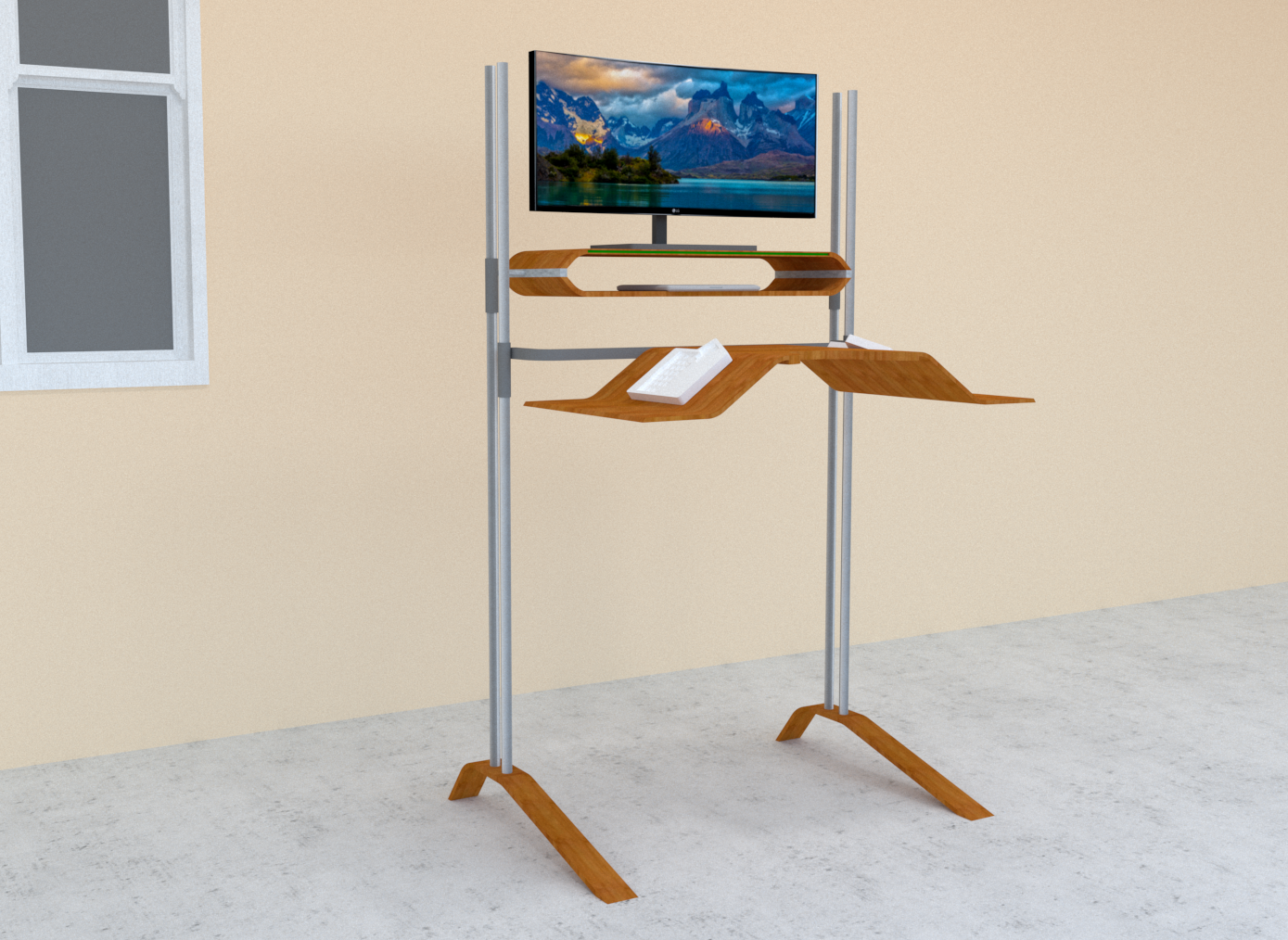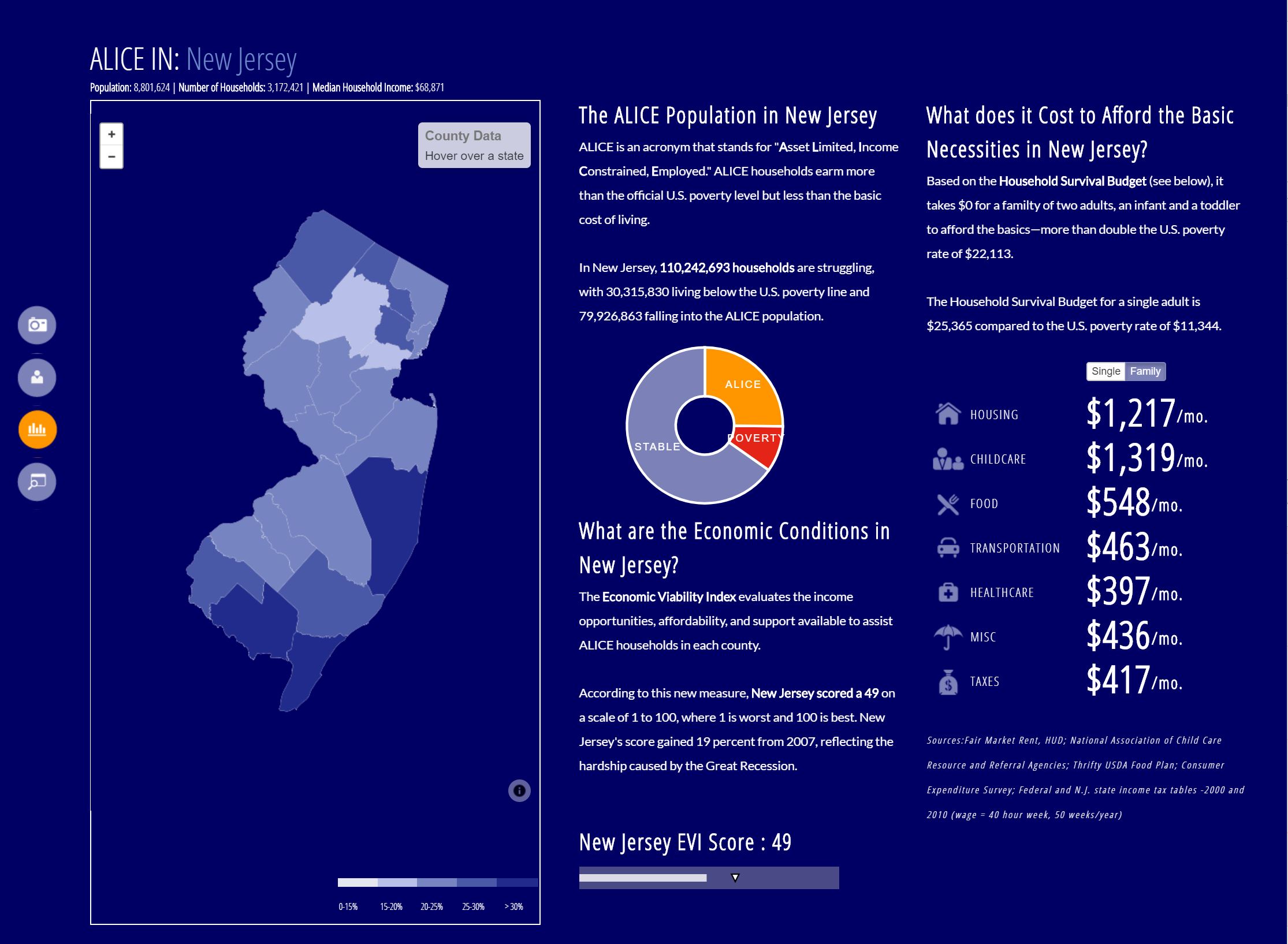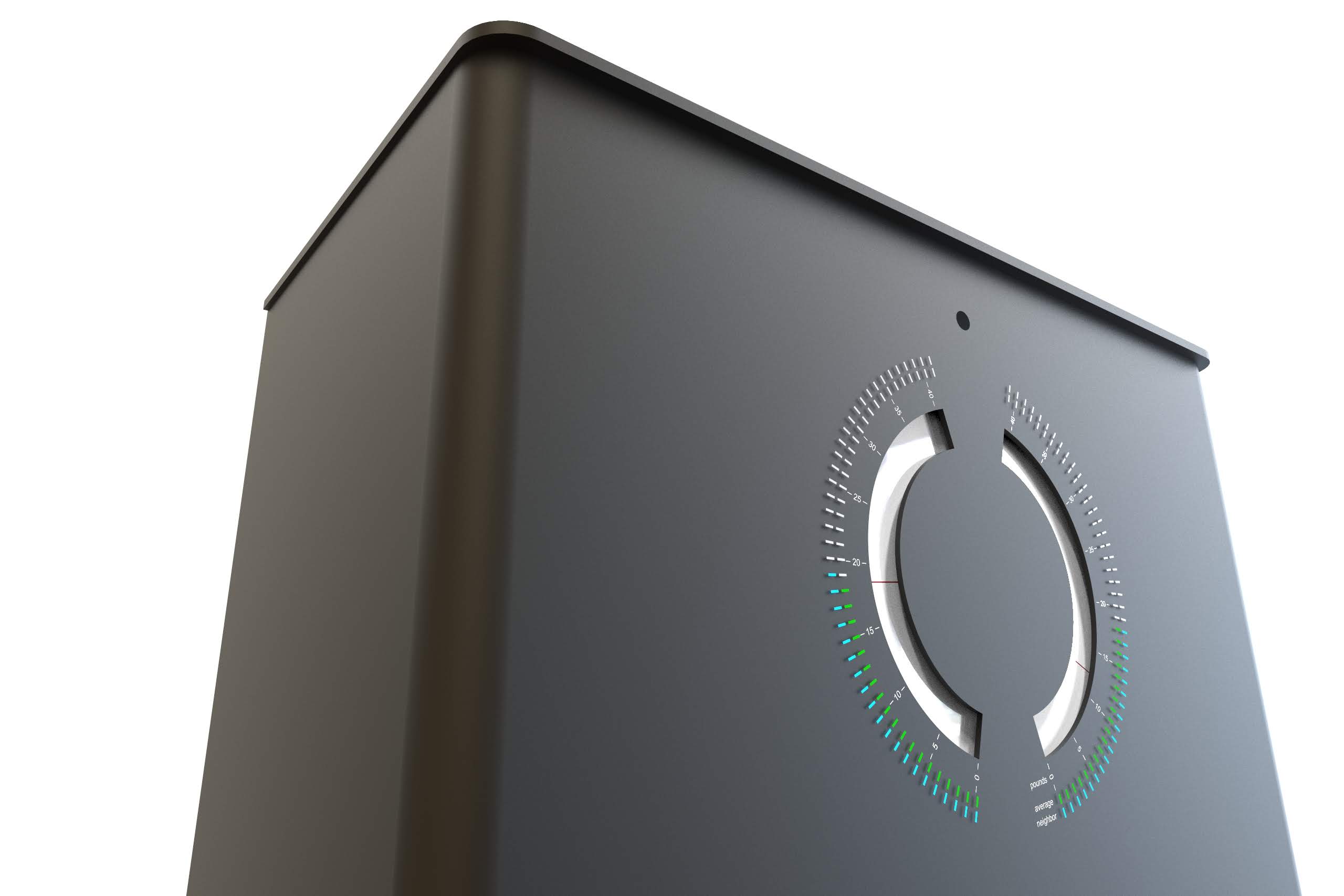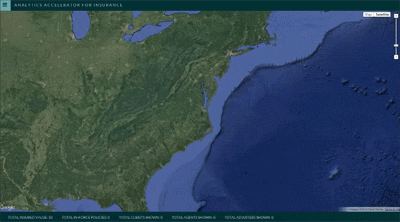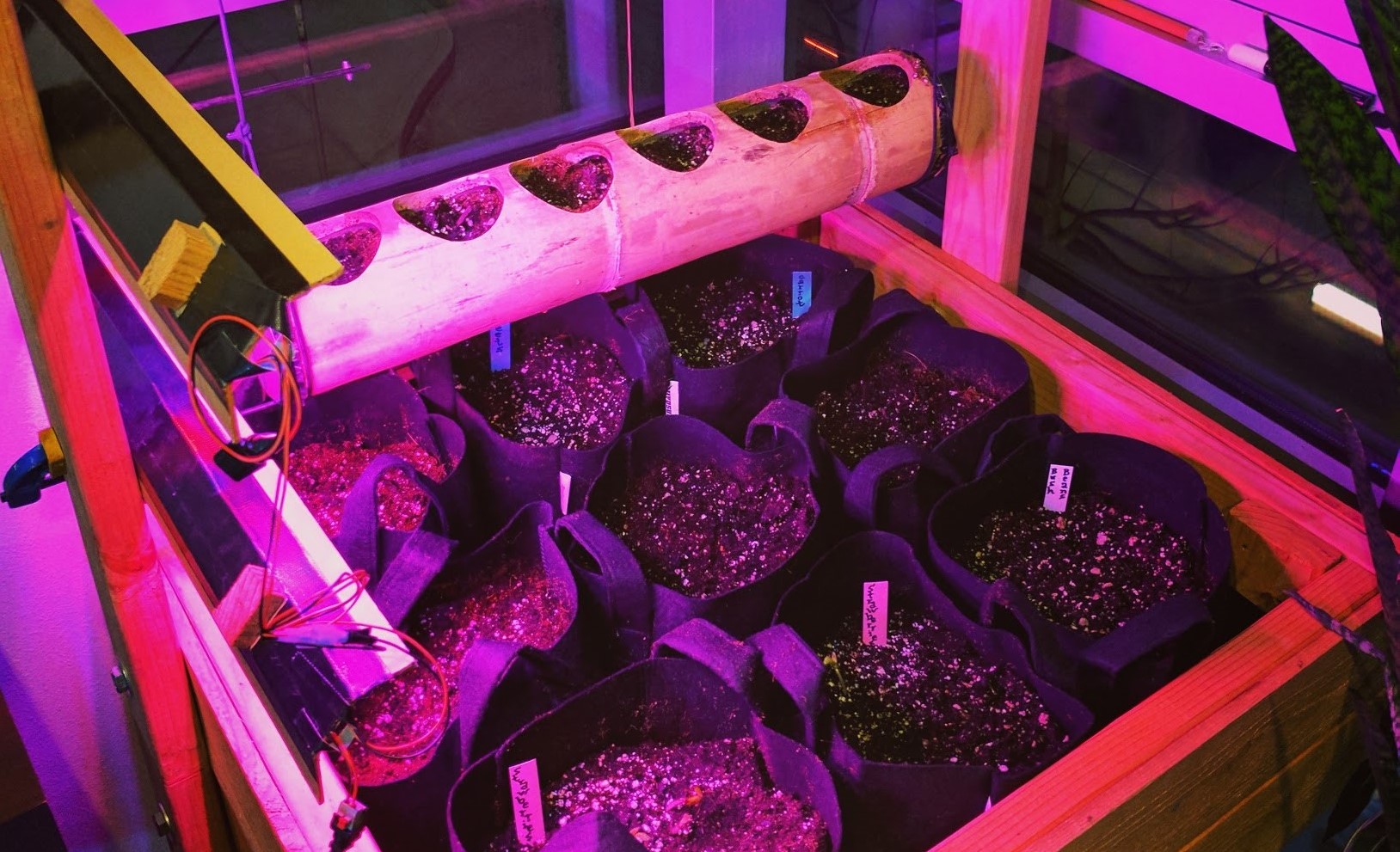
Plants that ask for water
I remember as a child how much my mother enjoyed growing tomatoes in her garden. At the time, I hated the taste of tomatoes, but I have many fond memories of working outside in our small garden. When I moved into an apartment with no land to call my own, I decided to build an indoor planter. I started with a bamboo ladder with automated irrigation. It yielded some lettuce but never had enough light to grow anything more. The next iteration was a big step up. First, I wanted something that was large, yet still portable. A tongue and groove system combined with a cantilevered bed (fig. 4), supported itself without screws—allowing for quick disassembling. The raised bed had room for six large plants and the LED lighting produced growth all winter long. But, there were a few downsides. The LED lights have the potential to cause eye damage, so I added sets of ultrasonic distance sensors (fig. 2) to cut the light if someone is near. Currently, I have a few more revisions to explore in form of social interaction. It'd be easy to automate every facet of plant care, but I'm more interested in the intersection of man and machine. To promote interaction, I would like to design a system that combines soil monitoring and presence detection to prompt passersby to water or feed plants. While the current system is a test bed, I hope that lessons learned here lead to a range of communal garden systems used in public spaces.
Identification
Personal project; wood, digital; 36"(w) x 86"(h) x 39"(d)
Research Questions
- Does interactive gardening promote positive mental health outcomes?
- How often are motion activated auditory requests responded to with physical interaction?
- Do interactions at a group home require any special modifications?
- Are there potential healthcare cost savings?
Tools
 Python
Python Arduino
Arduino Linux
Linux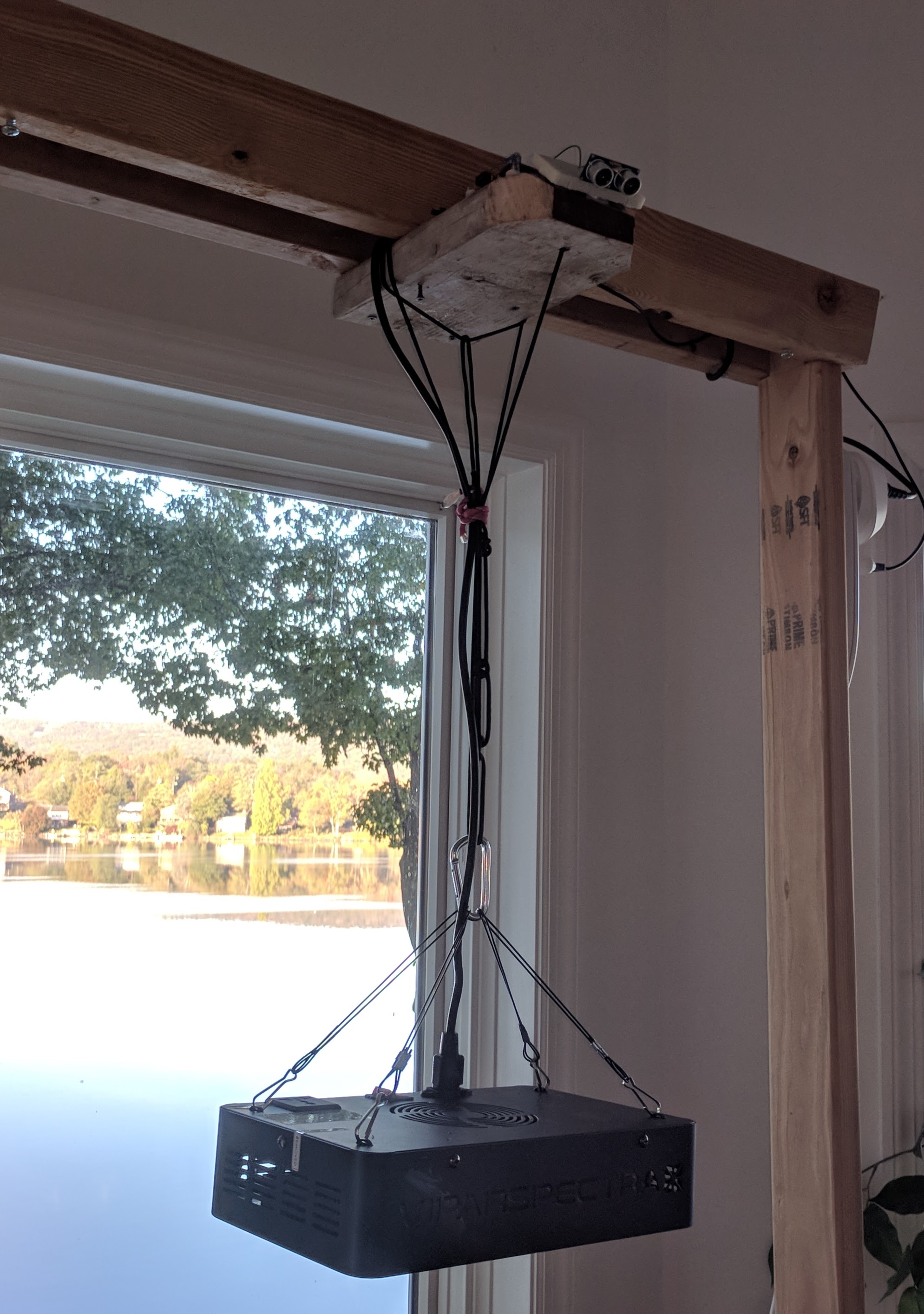 Figure 2
Figure 2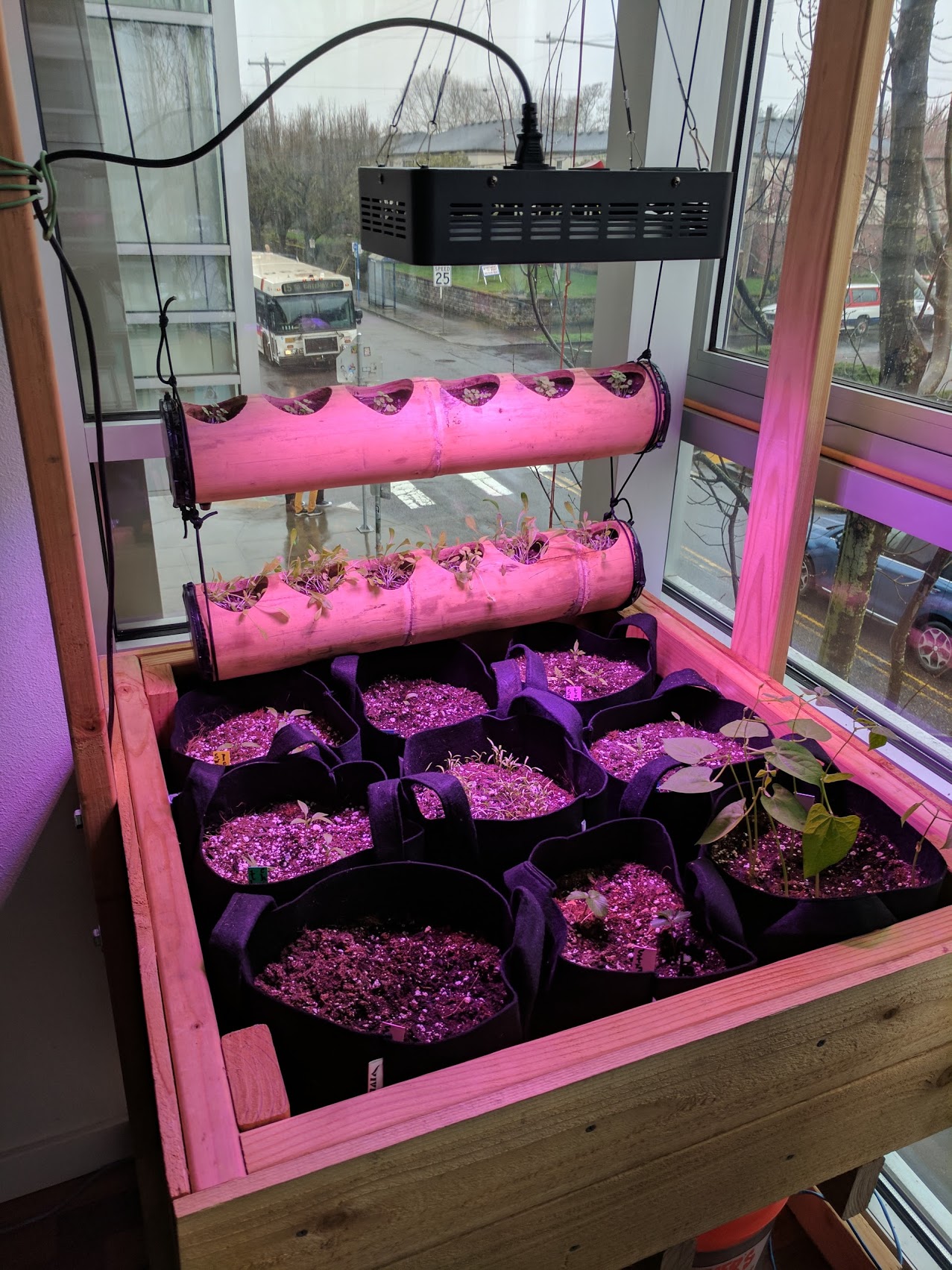 Figure 3
Figure 3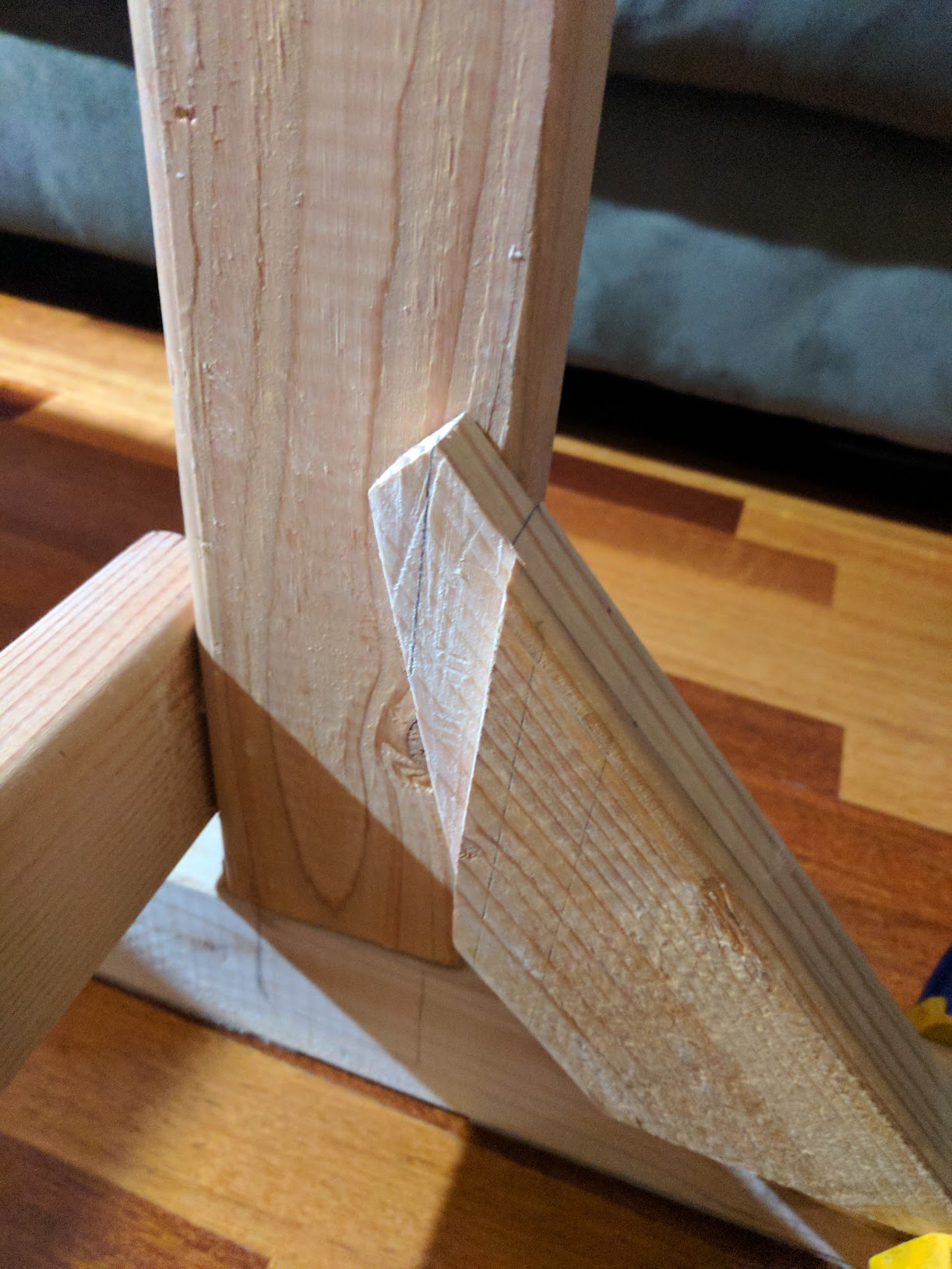 Figure 4
Figure 4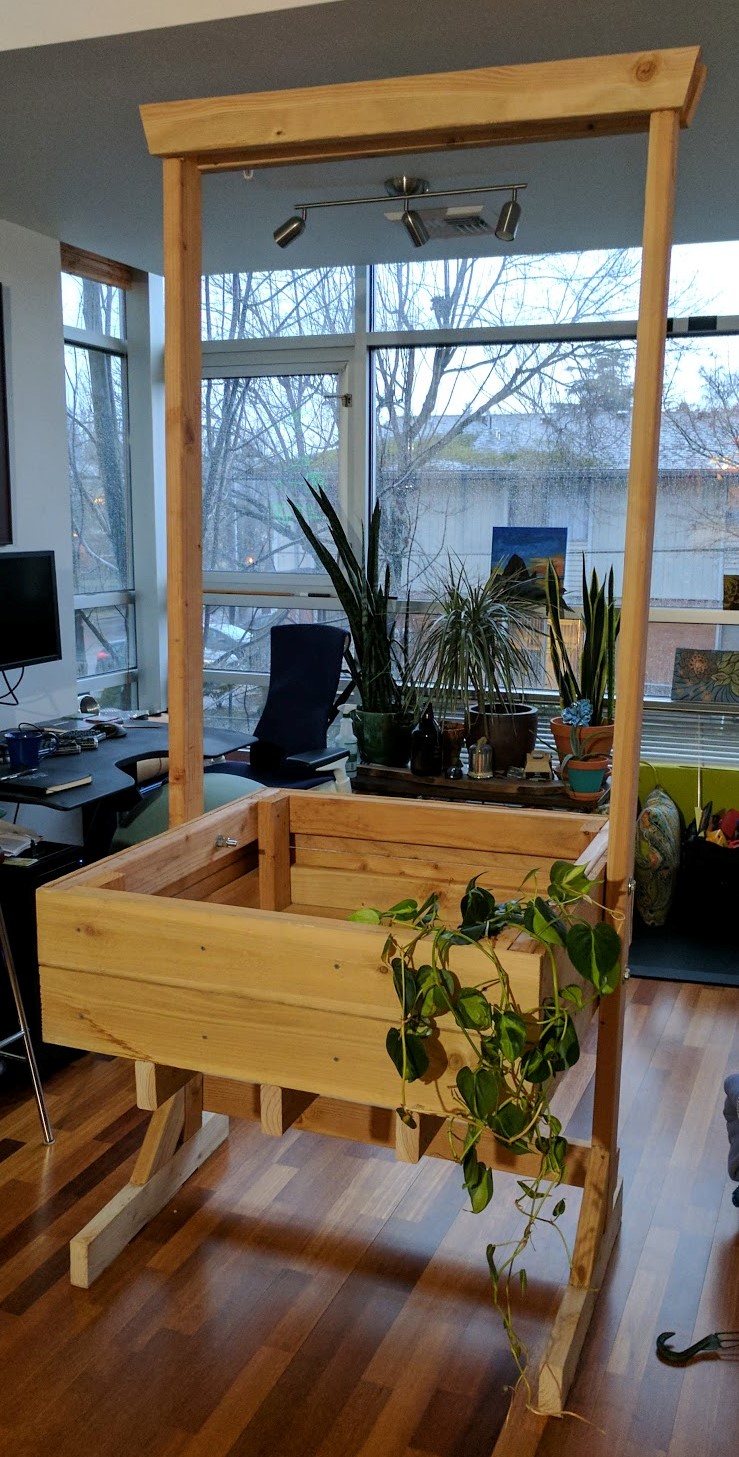 Figure 5
Figure 5 Figure 2
Figure 2 Figure 3
Figure 3 Figure 4
Figure 4
